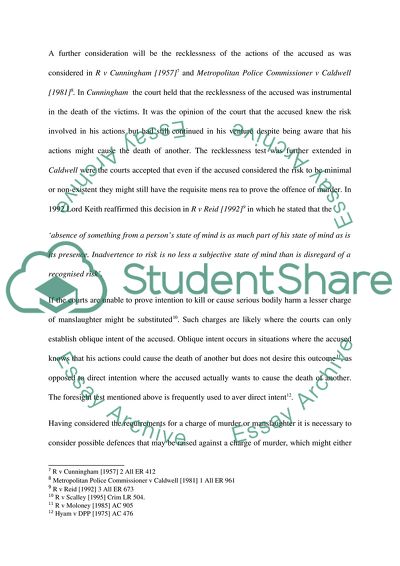Cite this document
(“The men's Rea for Murder Which Has Been Described in Archbold Assignment”, n.d.)
The men's Rea for Murder Which Has Been Described in Archbold Assignment. Retrieved from https://studentshare.org/law/1747704-criminal-law
The men's Rea for Murder Which Has Been Described in Archbold Assignment. Retrieved from https://studentshare.org/law/1747704-criminal-law
(The men'S Rea for Murder Which Has Been Described in Archbold Assignment)
The men'S Rea for Murder Which Has Been Described in Archbold Assignment. https://studentshare.org/law/1747704-criminal-law.
The men'S Rea for Murder Which Has Been Described in Archbold Assignment. https://studentshare.org/law/1747704-criminal-law.
“The men'S Rea for Murder Which Has Been Described in Archbold Assignment”, n.d. https://studentshare.org/law/1747704-criminal-law.


